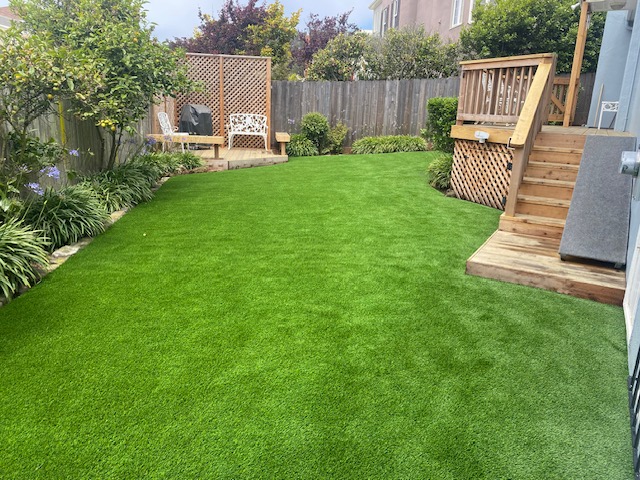The Crucial Role of Blade Direction in Artificial Turf Installation
Artificial turf has gained immense popularity in recent years due to its low maintenance requirements, durability, and year-round green appearance. Whether it’s for residential lawns, sports fields, or commercial spaces, the installation of artificial turf demands careful attention to detail. One crucial aspect often overlooked is the direction of the blade placement. In this article, we will delve into the importance of blade direction during artificial turf installation and how it can significantly impact the final aesthetics and performance of the surface.
Enhancing Realism and Aesthetics
One of the primary reasons people choose artificial turf is to enjoy the look and feel of natural grass without the hassles of maintenance. To achieve a more realistic and aesthetically pleasing appearance, the direction of the blades plays a vital role. Just like natural grass, artificial turf should exhibit a consistent pattern of blade growth.
You can create an authentic and visually appealing lawn by aligning the blades in a uniform direction, preferably facing toward the primary viewing angle or entrance point. This alignment mimics the natural growth patterns of grass, giving the turf a more genuine and inviting feel. This proper alignment is determined at the time of your free consultation with our Senior Designer at OneLawn. Whether it’s for a residential garden or a commercial landscape, this attention to detail elevates the overall beauty and curb appeal of the area.

Promoting Proper Drainage
Proper drainage is another crucial factor in artificial turf installation. When it comes to blade direction, it affects how efficiently water flows through the surface. Turf systems are designed with a permeable backing and a layer of infill material, which allow water to drain through the turf into the underlying soil.
During installation, the direction of the blades should align with the desired water runoff direction. Blades facing towards the drainage area or sloping contours can assist in channeling water more effectively. This consideration prevents water from pooling on the surface, minimizing the risk of flooding and maintaining a dry and safe turf environment.
Ensuring Optimal Durability and Resilience
Artificial turf is engineered to withstand heavy foot traffic, sports activities, and various weather conditions. Proper blade direction significantly contributes to the durability and resilience of the turf. By aligning the blades in the direction of expected traffic, you enhance the ability of the turf to recover from compression, ensuring longevity and preserving its aesthetic appeal.
Blades facing the direction of movement help the fibers bounce back more effectively, maintaining an even and uniform appearance. Moreover, proper blade alignment prevents the turf from matting or flattening over time, retaining its lushness and providing a consistently pleasant experience.
At OneLawn, we know that the installation of artificial turf requires meticulous attention to detail, and blade direction is a crucial element that should not be overlooked. By aligning the blades in a uniform direction, we enhance the realism and aesthetic appeal of the turf, making it a visually pleasing alternative to natural grass. Furthermore, proper blade direction aids in efficient water drainage, preventing pooling and maintaining a dry surface.
Additionally, considering the expected traffic and aligning the blades accordingly enhances the durability and resilience of the turf. By allowing the fibers to bounce back and minimizing matting, you can ensure a longer lifespan for your artificial turf investment.

Whether it’s for residential, commercial, or sports applications, the importance of blade direction cannot be overstated. By paying attention to this often underestimated aspect of installation, OneLawn strives to achieve a stunning, long-lasting, and high-performance artificial turf surface that genuinely mimics the beauty of natural grass.
Contact Us Today to learn more about enhancing your landscape with synthetic grass installation at your home or commercial location.

